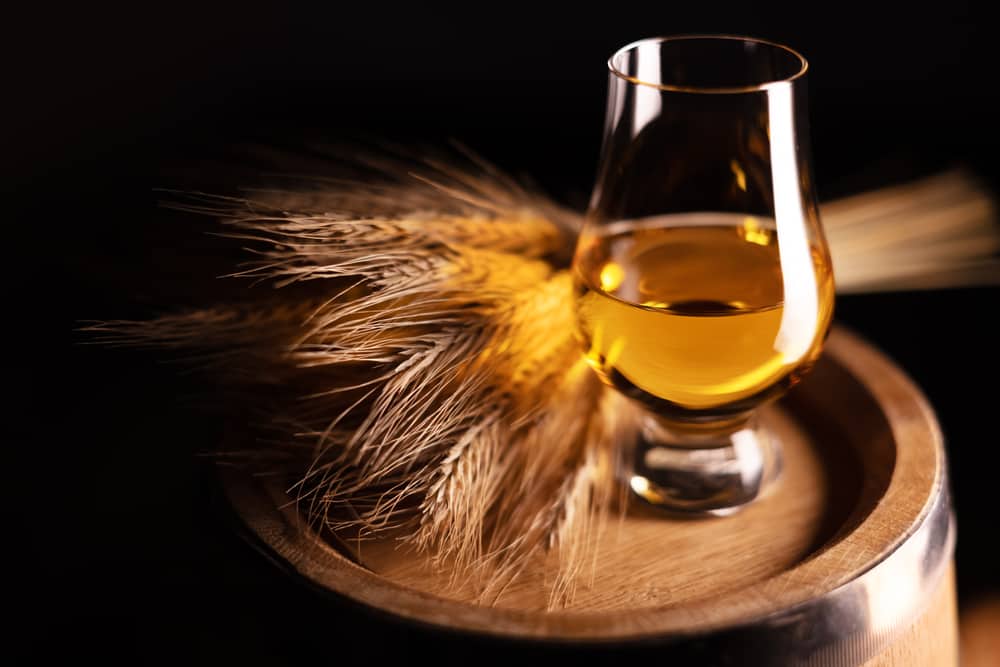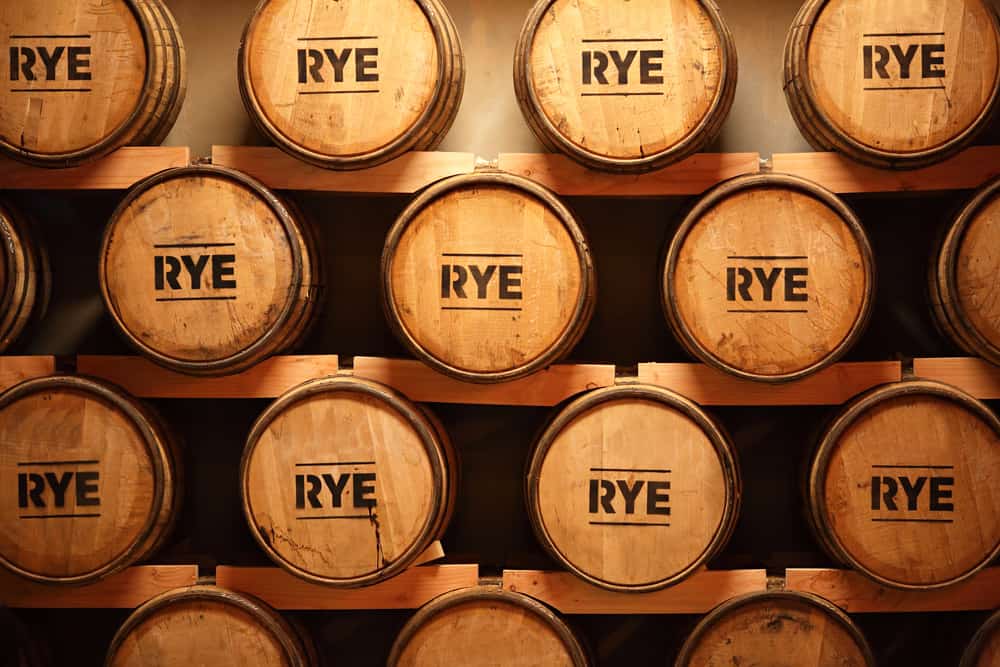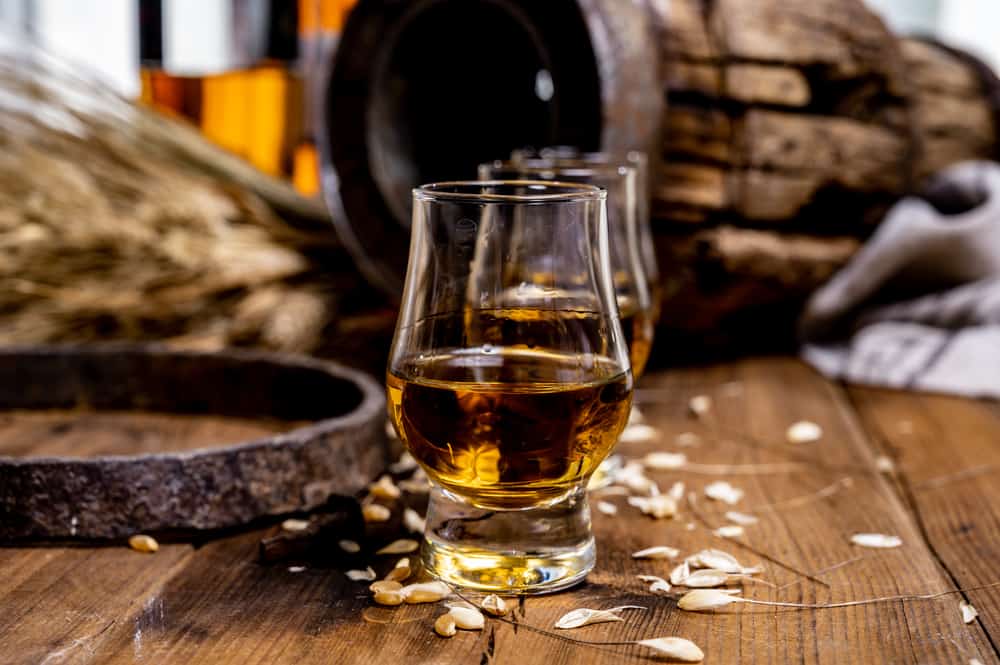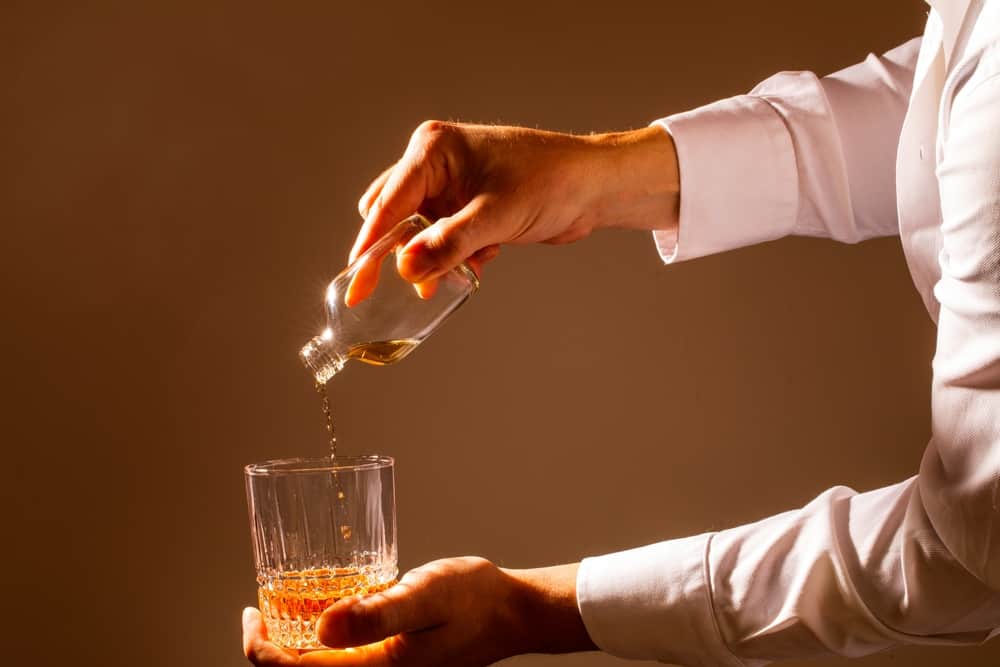
When you think of rye, you probably think of a healthy, delicious deli sandwich, right? You aren’t far off because rye is used as a grain to make loaves of bread and baked goods.
But what about when it is not the actual grain or a sandwich; but rather a whiskey?
It may become somewhat confusing, but rye is also used to produce whiskey and is sometimes just called ‘Rye’. Both Canada and the USA produce Rye whiskey, but both countries have very different regulations governing rye whiskey production.
So, what is the difference between rye and whiskey?
Rye is one of many types of whiskey. The difference lies in how and where it is produced. In the US, rye whiskey must be distilled from at least 51% rye in the mash bill, while in Canada, rye whiskey may or may not contain any rye as long as it retains the flavor associated with rye whiskey.
First, we’ll look at what exactly rye is and what it tastes like before we move on to the name. We will also examine Canadian rye and American rye whiskey and the differences between them. Finally, we will discuss the taste you can expect from a rye whiskey.
What Is Rye?

Let’s start with the basics first. What exactly is rye?
Rye is a cereal grain just like wheat, and they both look the same when they are growing on the fields and belong to the same scientific family Poaceae.
Rye will, however, deliver a darker grain, has a distinctively sour taste that many people find unsavory, and unfortunately, there is little one can do to sweeten it. Wheat is much sweeter, has a nutty taste, and is also much more popular.
The Name – Rye

The name rye implies it is a whiskey made from rye. However, as we’ll see a bit later, Canadian regulations are much more relaxed than American federal regulations.
In Canada, whiskey may be called rye whiskey even if it contains no rye in the mash bill. It may go by different names in Canada, such as Canadian Whisky, Canadian Rye Whisky, or just Rye Whisky.
In America, to qualify as a rye whiskey or even a whiskey, it must adhere to the federal regulations where the mash bill must be made up of a minimum of 51% rye grain.
Canadian Rye Whiskey vs. American Whiskey

Rye whiskey is often confused for whiskey or sometimes just called ‘rye’.
However, there are distinct differences between Canadian rye whiskey and its American counterpart, which we’ll discuss below.
Canadian Rye Whiskey
In Canada, rye whiskey can be produced from rye or does not even contain rye grain in its mash.
However, it must still have the rye taste present in the final product according to Canadian regulations:
- It must be made from a mash of grain or grains products (e.g., corn, wheat, rye, barley, sorghum)
- Aging is done in small barrels (less than 700 liters or 185 gallons) for at least three years
- The aroma, taste, and character have to be associated with Canadian whiskey
- Produced entirely in Canada
- The ABV may not be less than 40% (80 US proof)
- Newly charred or old barrels may be used for aging
- Distillers may also add caramel coloring to the finished product as long as it aged at least two years in a barrel.
As you can see from the above, there is no rule that rye must be used as one of the grains; it only needs to taste like Canadian whiskey.
Historically, wheat was the primary grain of choice, but German and Dutch immigrant distillers brought their ideas and rye to Canada. And so rye was introduced as a flavoring grain and Canadian whiskey became known as rye—whether it contained rye or not.
Alberta Premium is one of the few brands made from 100% rye, whereas other whiskies can have a mash bill of up to 90% corn and the remainder made of rye (or even other grains as long as it tastes like the Canadian rye product).
American Rye Whiskey
The American counterpart has a very different approach to rye whiskey. Americans are more prescriptive in their federal regulations.
To qualify as a rye whiskey, it must adhere to the following federal laws:
- The mash bill must contain 51% rye grain, and the rest can be made up of other grains such as wheat, corn, or barley (malted or plain)
- No colorings or flavorings may be added to retain the original character or the mash bill
- It may not be distilled to more than 80% ABV (160 proof)
- It must be aged in new charred oak barrels
- When the whiskey is placed in the barrels, it may not be above 62.5% ABV (125 proof)
- The minimum bottling proof is 80 (40% ABV).
The same rules apply to bourbon, but the mash bill is 51% corn. It may be produced anywhere in the USA (unlike Tennessee whiskey, which is restricted to the state of Tennessee).
American rye whiskey disappeared after Prohibition (1920–1933) but is making a solid return to the market.
Rye Whiskey Taste

A rye whiskey will taste like grass and pepper and usually have a spicy finish.
Different brands have different tastes; some of the tastes you may encounter include vanilla, oak, smoke, or fruit. The flavor is also more ‘aggressive’ than bourbon, which has a sweeter taste due to the corn in the mash bill.
Because rye contains less sugar, it makes ‘drier’ (less sweet) cocktails than bourbon.
Typical cocktails that were once made with rye whiskey include the Old Fashioned, Whiskey Sour, and the Manhattan, but bourbon has taken the place of rye whiskey resulting in sweeter cocktails.
If you look over here, you can find even more exciting cocktail recipes for both rye and bourbon.
Conclusion
Both rye and whiskey are a type of whiskey, but the way it is produced will influence the regulations that govern their production.
To conclude, the chief difference between rye and whiskey is where it is produced. While Canadian whiskey may or may not contain rye, the American version must contain a minimum of 51% rye grain in the mash bill.
In Canada, it still has to have the taste and aroma of rye. Canadian rye must be produced in Canada, while its American counterpart must be distilled and produced on American soil.









